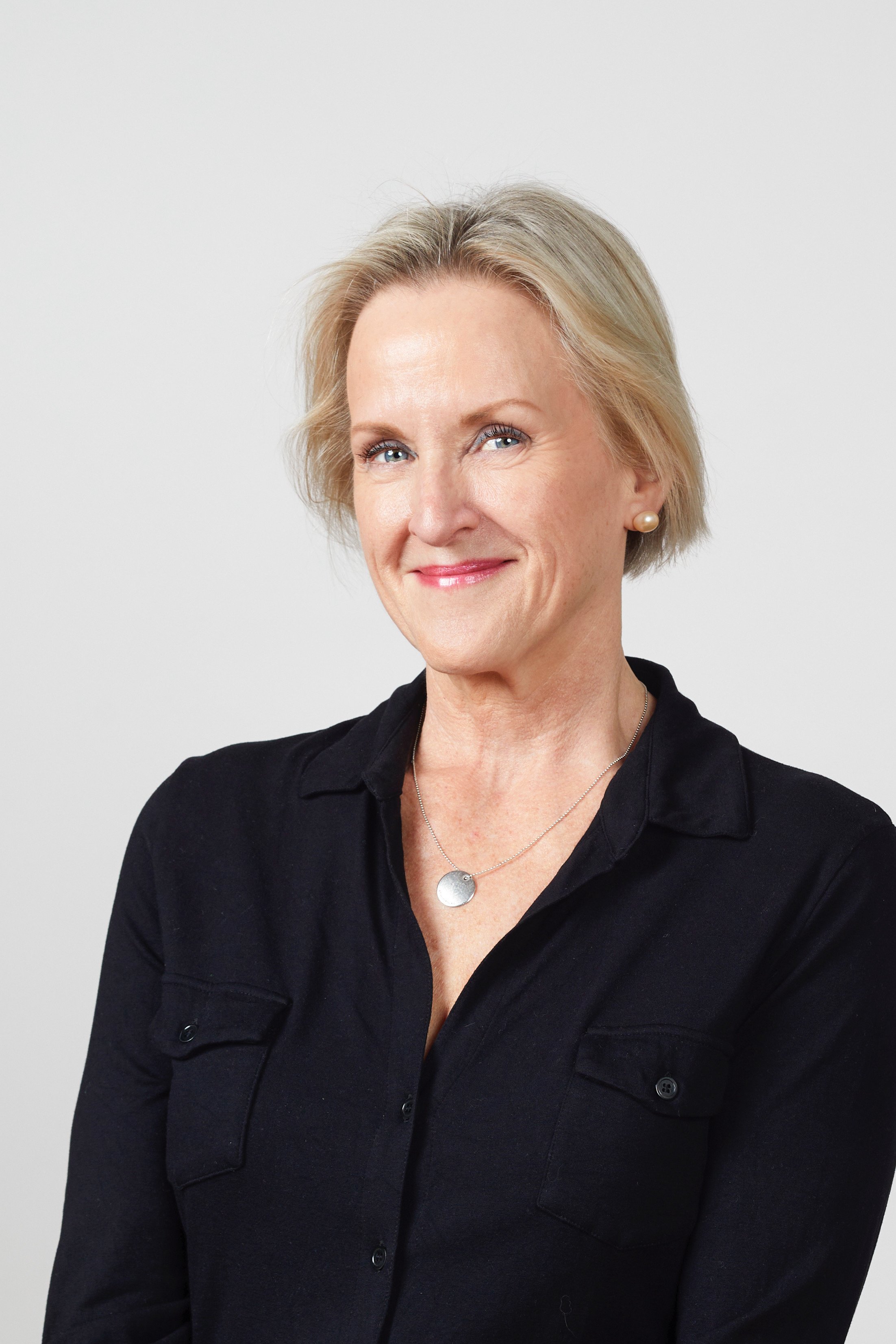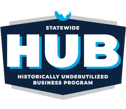Like a seatbelt, a hazardous drugs communication plan is a layer of protection from potentially life-altering or deadly hazardous exposure. Most healthcare organizations meet current regulations by providing hazardous drugs handling and disposal information in physical binders or on their SharePoint intranet. However, even adhering to basic standards, this vital information is not easy to get your hands on when treating a patient or disposing of hazardous drugs or materials.
What would it mean for your organization if this safety information was accessible in a mobile app, in the EHR, or from any device connected to the internet? We found that clinicians were 85-90% more likely to use safety information if it was easily accessible at the point of care. Think of what that looks like in terms of patient outcomes and healthcare worker safety.
If we’re thinking beyond the current standards and devising a hazardous drugs communications plan that actually works, what components must be included? We’ve identified the top 8 components of an effective hazardous drugs communication plan and broken it out into a two-part blog series.
First, we dive into HOW safety information is communicated, and in part 2, we’ll talk about WHAT is communicated.
- IS IT ACCESSIBLE WHENEVER AND WHEREVER?
The foundation of a hazardous communications plan ensures that the information is communicated to those who need it to protect their health and safety. So, first it must be accessible to ALL healthcare workers who come in contact with hazardous drugs including environmental services, housekeeping, purchasing/supply chain, inspectors, pharmacists, doctors, nurses and home health caregivers. Accessibility also includes the “how” they access the information. It should be available across all mobile devices - both Android and Apple, tablets, mobile workstations--really just any computer with internet access, and directly from the EHR.
- CAN YOU QUICKLY SEARCH AND FIND?
In addition to providing safety information where and when it is needed, healthcare workers also need to quickly search and find the information necessary to stay safe on the job. And we’re not talking Google searches although we’ve witnessed clinicians resorting to search engines when in need.
Imagine a patient needs methotrexate and you, the nurse, plan to administer it but aren’t sure what PPE is required for the highest level of protection. You need to treat this patient now. Do you dig on the intranet to see if you can find safe handling information or do you call the pharmacy? Or do you even Google it? All of these options waste precious time and can lead to improper PPE being used which leaves you as a nurse exposed to a hazardous drug.
- IS IT WRITTEN IN PLAIN LANGUAGE?
Again, if our goal is for the safety information to be used and provide protection for our healthcare workers, then it must be understood by all who will be using it. So think of your audience. Clinicians including nurses and doctors can understand more technical speak, but even they may be better served with simple language so it’s easy to understand and follow in a moment’s notice. Visual cues also make it easy for everyone who handles hazardous drugs to clearly understand what PPE they need to wear and other best practices for handling and disposing of drugs.
- IS IT IN THE EHR?
As we mentioned before, when looking at our own client data, clinicians were twice as likely to access safety information when it is located a click or two within the EHR (Electronic Health Records System like Epic, Cerner) vs. even on the computer but not linked to directly within the EHR. This seemingly small step makes all the difference.
That’s it for part 1. Check back next week for part 2 where we’ll look at the regulatory requirements and commiserate on how and when to update drug lists based on NIOSH 2016 and 2020.
ICYMI: If you’re actively preparing for a Joint Commission inspection, be sure to check out our blog where customers offer their insight into a JC inspection. From Our Customers: The Top 8 Questions To Expect In Joint Commission Inspections.
Rhazdrugs helps your organization go beyond the required and often cumbersome hazardous communication plan requirements and create a plan that your healthcare workers actually use. Give us a call to schedule a demo today. (800) 467-1907 or schedule a demo now.


